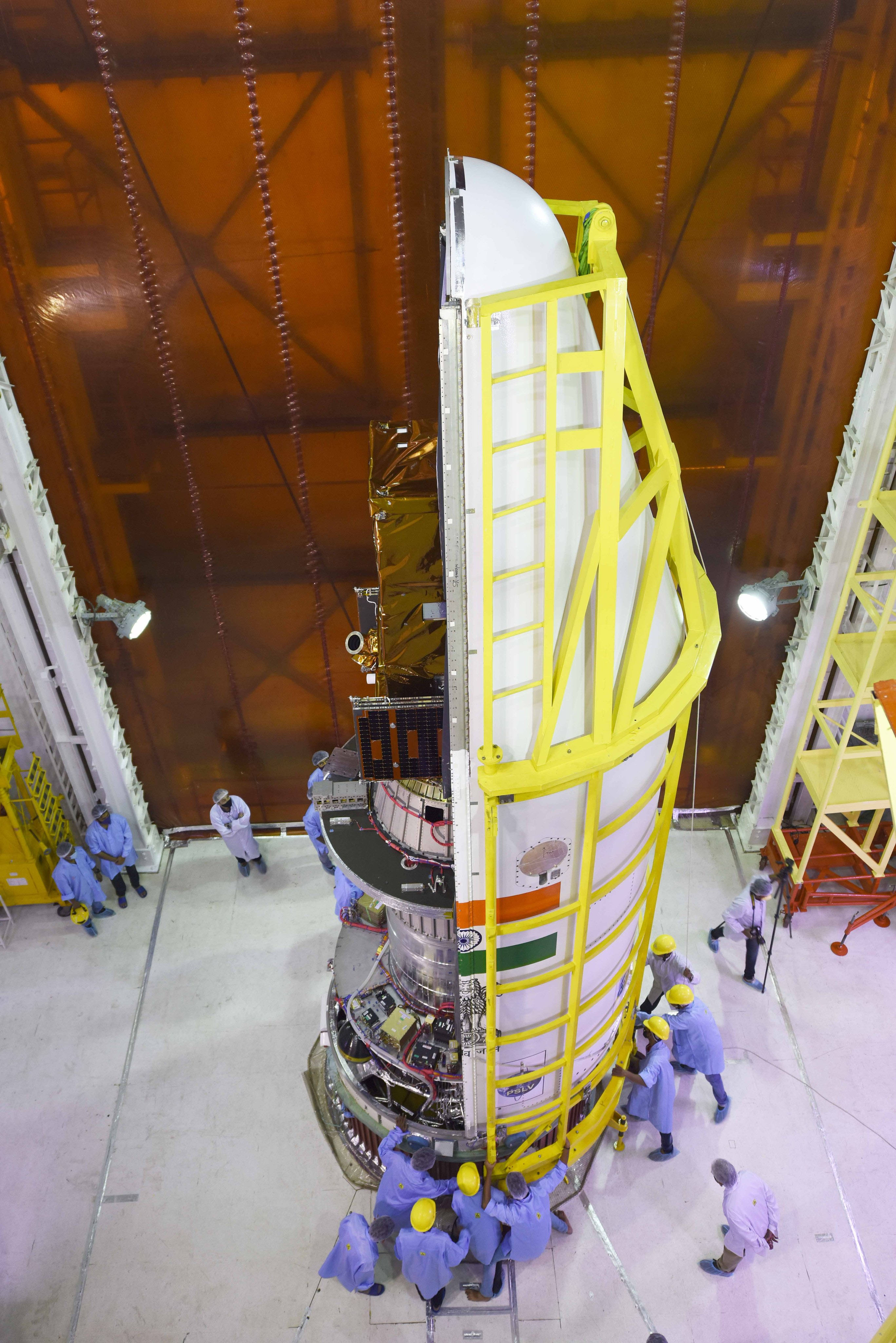India launches Brazil's Amazonia-1 Earth observation satellite and 18 others into orbit
Amazonia-1 is a first for Brazil's space industry.
A Brazilian Earth observation satellite soared to space aboard an Indian rocket late Saturday (Feb. 27) along with 18 passenger satellites from the United States and India.
The Indian Space Research Organisation (ISRO) launch, which carried Brazil's Amazonia-1 satellite into orbit, lifted off at 11:54 p.m. EST Saturday (0454 GMT or 1024 local time Sunday) from the Satish Dhawan Space Centre in Sriharikota, India. An ISRO Polar Satellite Launch Vehicle (PSLV) carried Amazonia-1 and 18 smaller satellites into space using a "DL" variant that has two strap-on boosters, ISRO said in a description of the mission.
"The satellite is in very good health," ISRO Chairman K. Sivan said after the launch. "The solar panels have deployed and it is functioning very nicely."
In photos: India launches the RISAT-2B Earth-imaging satellite
Amazonia-1 is optimized to peer at the cloud-covered region of its namesake, the Amazon forest, since it has infrared capabilities that allow it to look at the forest cover regardless of the weather. Brazil plans to use the satellite for "alert deforestation" in the region, Brazil's National Institute for Space Research (INPE) said in an Amazonia 1 mission description.
The satellite is also Brazil's first independently designed, built and operated satellite, which country officials hailed after it reached orbit.
"This satellite has a very important mission for Brazil," said Marcos Pontes, Brazil's minister for science, technology and innovation, who is also the country's first astronaut (he flew to the International Space Station in 2006). "It represents a new era of the Brazilian industry for satellite development in Brazil."
Breaking space news, the latest updates on rocket launches, skywatching events and more!
Deforestation is an ongoing concern not only for the region's unique flora and fauna, which are irreplaceable once extinct, but also for health outcomes of human residents. Back in August 2019, smoke from wildfires in the Amazon transformed São Paulo's normal daylight hours into a smog-filled afternoon of darkness, amid a larger state of emergency in the Brazilian state of Amazonas.
The 18 other satellites include a mix of Indian and American craft. The Indian-built satellites include Satish Dhawan SAT (which studies radiation, space weather and communications), the UNITYsat trio (for radio relay) and a technology demonstrator satellite called SindhuNetra.
The American ones include another technology demonstrator called SAI-1 NanoConnect-2, and 12 "SpaceBees'' from Swarm Technologies, part of a larger constellation the company is building in low Earth orbit.
The PSLV launch was the first of 2021 and the third flight ever of the PSLV-DL variant, ISRO said in its mission statistics. The PSLV has made over 53 flights overall, in all variants.
Follow Elizabeth Howell on Twitter @howellspace. Follow us on Twitter @Spacedotcom and on Facebook.

Elizabeth Howell (she/her), Ph.D., was a staff writer in the spaceflight channel between 2022 and 2024 specializing in Canadian space news. She was contributing writer for Space.com for 10 years from 2012 to 2024. Elizabeth's reporting includes multiple exclusives with the White House, leading world coverage about a lost-and-found space tomato on the International Space Station, witnessing five human spaceflight launches on two continents, flying parabolic, working inside a spacesuit, and participating in a simulated Mars mission. Her latest book, "Why Am I Taller?" (ECW Press, 2022) is co-written with astronaut Dave Williams.


